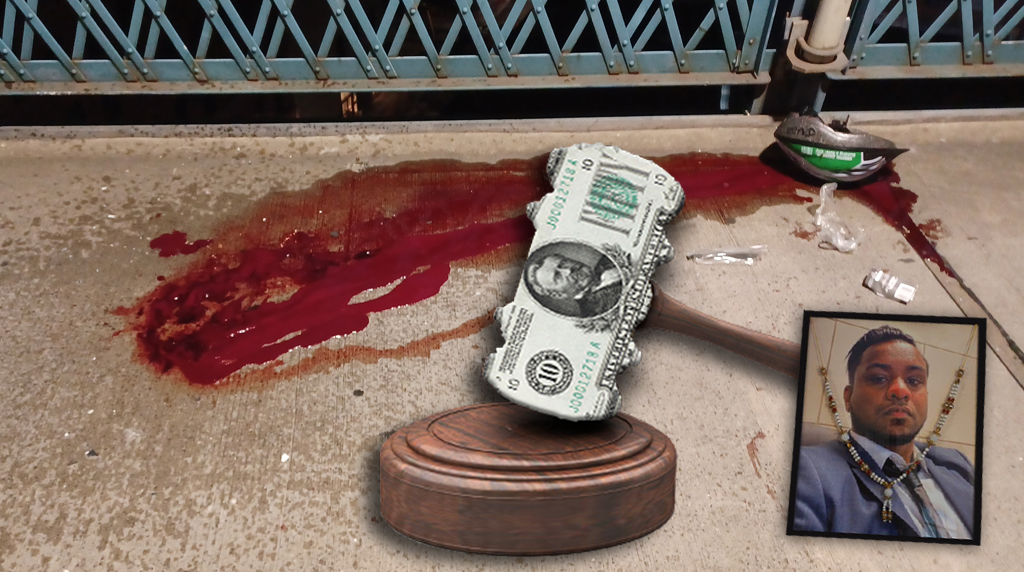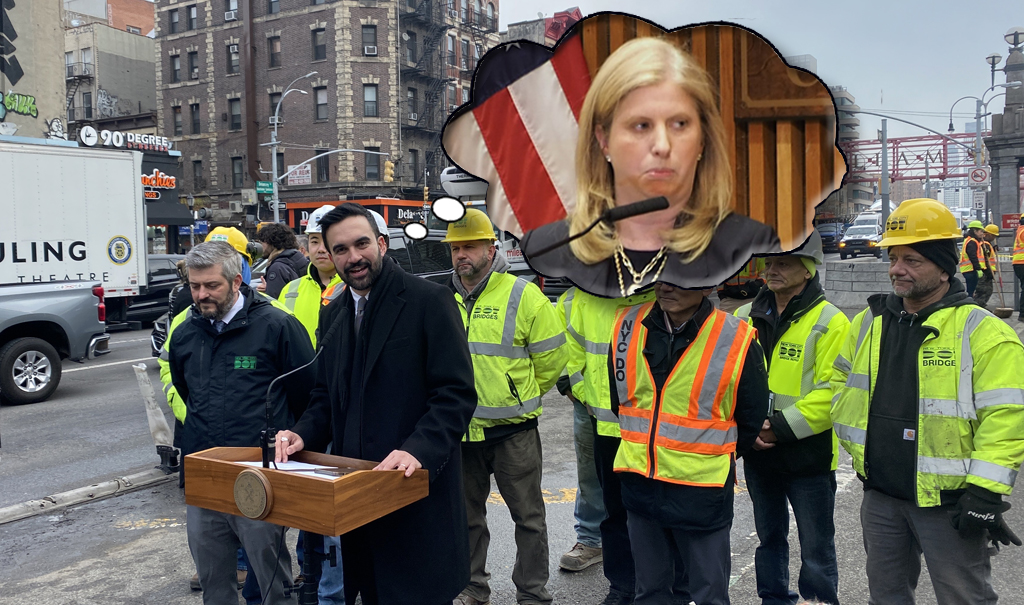 The new Times Square versus the old Times Square -- worth a few seconds of motorist inconvenience on a few streets. Photos: berk2804 and midweekpost via Flickr
The new Times Square versus the old Times Square -- worth a few seconds of motorist inconvenience on a few streets. Photos: berk2804 and midweekpost via FlickrMayor Bloomberg has seen some of the data from the city's trial of car-free, pedestrian-priority spaces in Midtown, and it looks like the changes in traffic speeds are not as impressive as hoped for. This, I daresay, is good news.
As the Times' Michael Grynbaum has reminded us the past two days, Broadway's new pedestrian spaces were sold with a heavy emphasis on easing Midtown gridlock. Safety and economic activity were important indicators from the beginning, but the name of the project said it all: Green Light for Midtown.
The numbers aren't out yet, but Bloomberg revealed at a press conference yesterday that, in terms of moving vehicles, "some of the roads are better; some of the roads are worse." It seems like the trial hasn't quite delivered a win-win-win scenario where pedestrians, merchants, and motorists all received substantial benefits. Instead, we're probably heading for a result that's closer to "win-win-tie."
If you care about livable streets, I think this is a welcome development. It means New York City gets to have a more substantial discussion about what our streets are for and the priorities we assign to them. Ambiguous traffic data leads straight to the question, "What matters more -- safety and livability, or moving cars?"
Bloomberg is already framing the project in terms of safety. "It's not just traffic," he said at yesterday's presser.
"One of the things that has happened is
pedestrian deaths have come down dramatically in this area. And I don't
know how you equate a few lives with a few more seconds of
inconvenience."
Amen. The Broadway project is worth doing for several reasons that have nothing to do with vehicle speeds. It's saving lives and improving the public realm for hundreds of thousands of people who used to squeeze onto the sidewalk like poultry in an industrial chicken coop. New Yorkers have noticed, and they approve. Judging from anecdotal merchant reactions and the position of the Times Square Alliance, it's been good for business too.
The most important graphic from the city's initial presentation on this project came under the "additional benefits" section, shortly after the slide about "green signal time allocation."

I, for one, can't wait to read the next Steve Cuozzo column ripping apart the life-saving transformation of Midtown.





